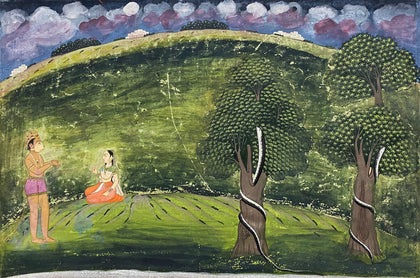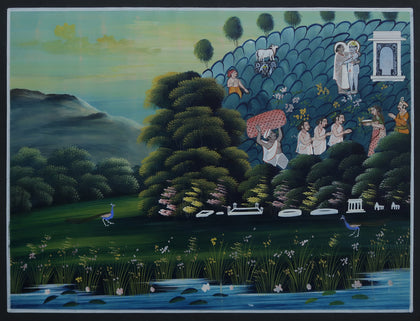Loading...
Jain Tirthankaras (Set of 14)
Price on Inquiry
All orders are insured for transit.
This item cannot be shipped outside India.


































































































 View Full Screen
View Full Screen



































